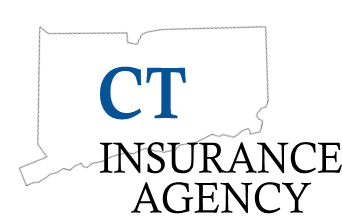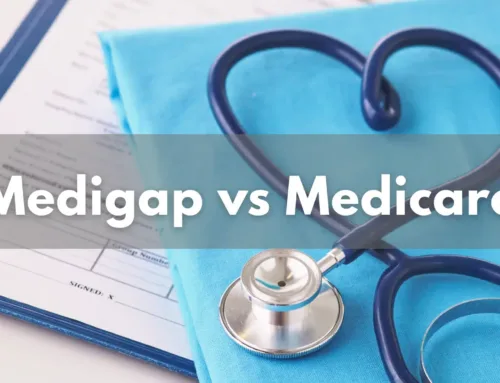
Why Medicare Part D Prescription Drug Plans So Different?
When it comes to choosing Medicare Part D Prescription Plans, many people are surprised by how different these plans can be. If you’re shopping for coverage, understanding why these differences exist is crucial for making the best choice for your health and budget. Here’s what you need to know about why Medicare Part D Prescription Drug Plans are so different—and how to navigate your options.
What Is Medicare Part D?
Medicare Part D is prescription drug insurance offered to people with Medicare. It helps cover the cost of outpatient prescription medications and is available in two main ways:
– Standalone Medicare Part D Prescription Plans: These are purchased separately if you have Original Medicare (Part A and/or Part B).
– Medicare Advantage Plans (Part C) with Prescription Coverage: These bundled plans often include drug coverage along with other health benefits.
Why Are Medicare Part D Prescription Plans So Different?
1. Private Insurance Companies Set the Rules
Medicare Part D Prescription Plans are not provided directly by the government. Instead, private insurance companies offer these plans, which means each company can design its own:
– Premiums
– Deductibles
– Copays and Coinsurance
– Drug Formularies (the list of covered drugs)
– Pharmacy Networks
This flexibility leads to significant variation between plans, even within the same region.
2. Different Drug Formularies
Each plan has its own formulary, or list of covered medications. While all plans must cover drugs in certain protected classes (like cancer medications, antidepressants, and HIV/AIDS drugs), the specific drugs and brands covered can vary widely. Some plans may cover your medication, while others may not, or may require higher out-of-pocket costs for certain drugs.
3. Varying Costs and Coverage
– Premiums: The average monthly premium for a Medicare Part D plan in 2025 is about $46.50, but this can vary by plan and location.
– Deductibles and Copays: Each plan sets its own deductible (the amount you pay before coverage starts) and copayments for medications.
– Out-of-Pocket Maximums: Starting in 2025, there’s a $2,000 annual cap on out-of-pocket costs for covered drugs, but how quickly you reach this cap depends on your plan’s structure and your medication needs.
4. Pharmacy Networks
Plans contract with different pharmacies. Some plans offer lower costs if you use their preferred pharmacies, while others have broader networks. Always check if your pharmacy is in-network before enrolling.
5. Geographic Differences
Medicare Part D Prescription Plans are offered regionally, and plan availability can differ based on where you live. This means your options in one state or county may be very different from those in another.
How to Choose the Right Medicare Part D Prescription Plan
– Review the Formulary: Make sure your medications are covered.
– Compare Costs: Look at premiums, deductibles, and copays—not just the monthly price.
– Check Pharmacy Networks: Confirm your preferred pharmacy is included.
– Evaluate Annually: Plans and your medication needs can change each year. Review your options during the Open Enrollment Period (October 15–December 7).
Why Work With CT Insurance Agency?
At CT Insurance Agency, we help you compare Medicare Part D Prescription Plans to find the best fit for your needs and budget. Our experts can guide you through the differences, ensure your medications are covered, and help you avoid costly surprises.
Ready to find the right Medicare Part D Prescription Plan?
Contact CT Insurance Agency today for personalized assistance and peace of mind.
Set Up An Appointment
Contact us today for a free quote and consultation from our experienced team of insurance professionals!





